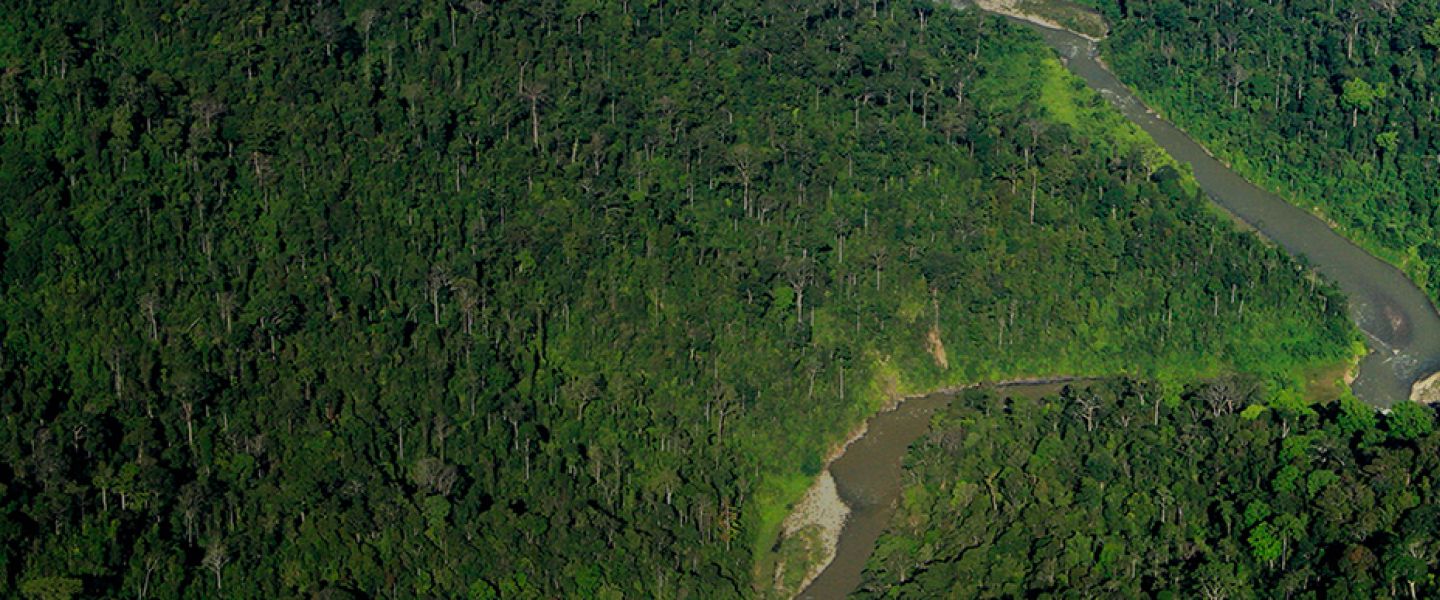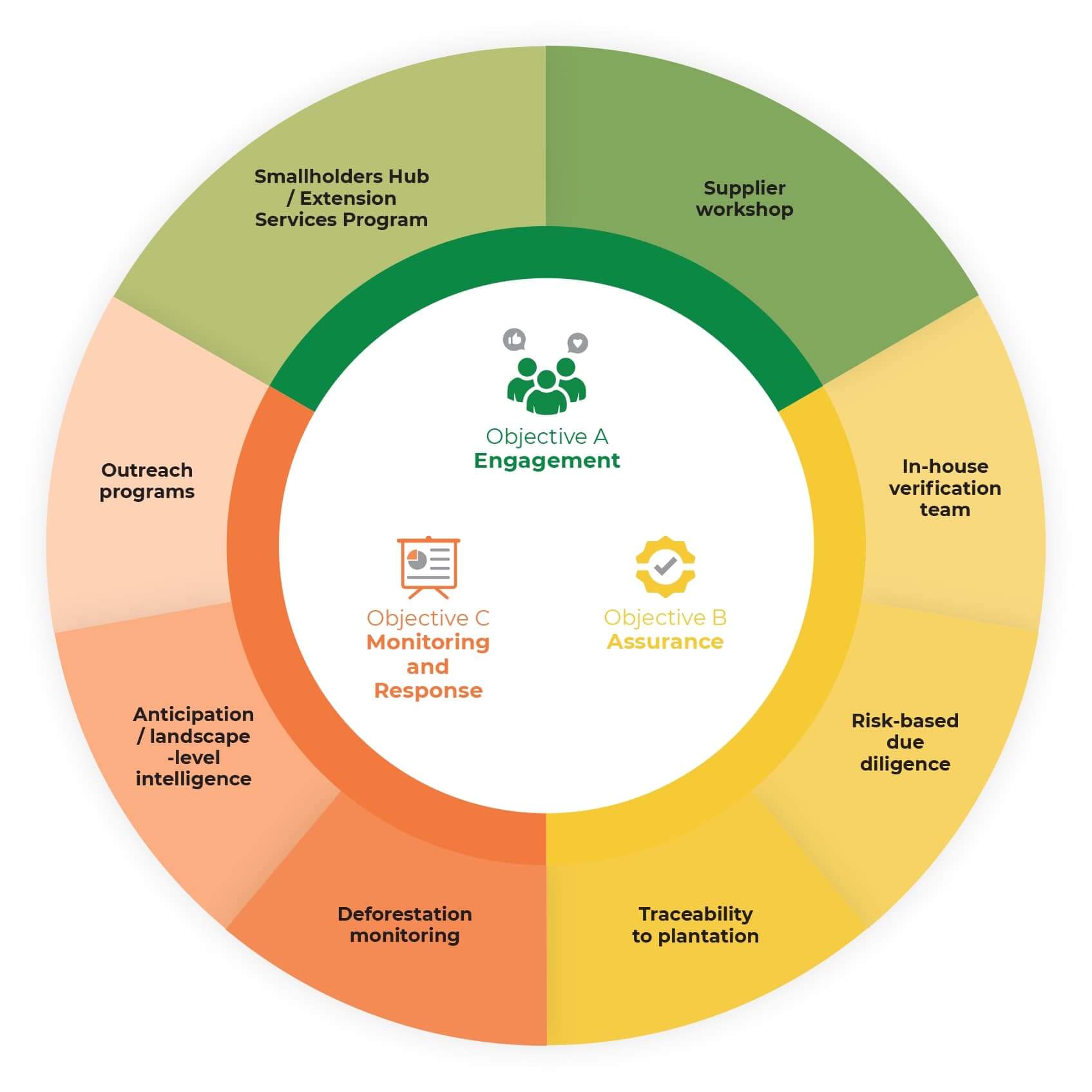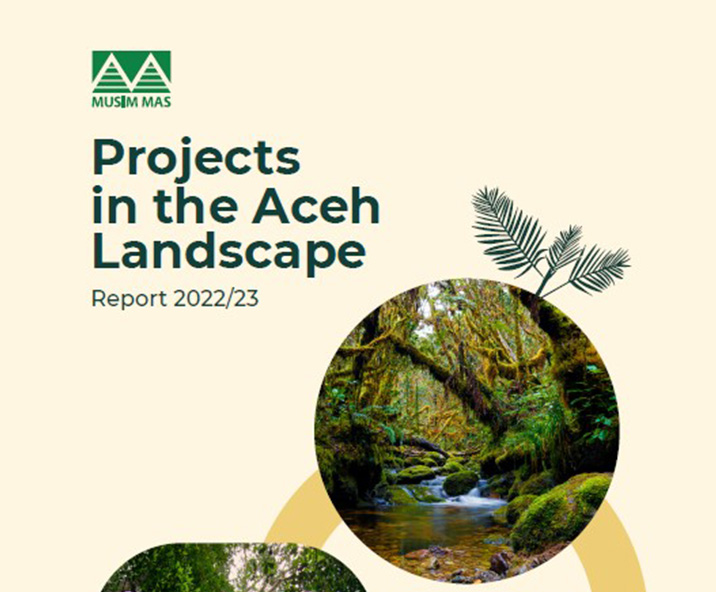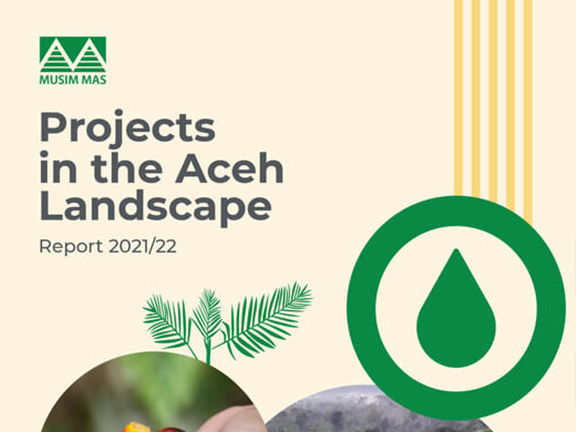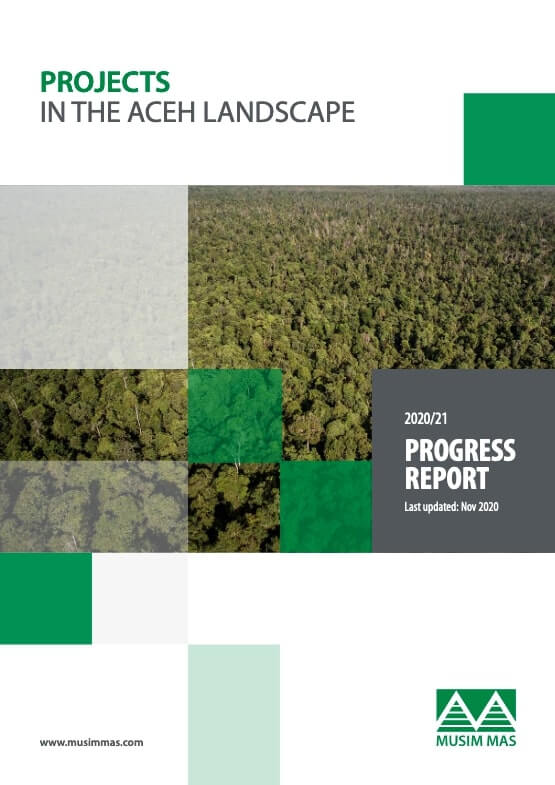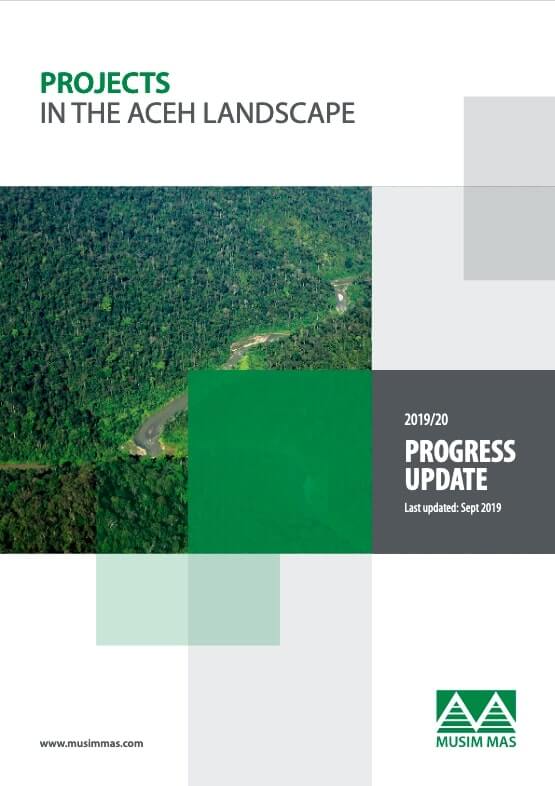In 2020, we launched a five-year strategy and roadmap for the Aceh Landscape, which details the objectives and targets for implementing the No Deforestation, No Peat, and No Exploitation (NDPE) Policy.
The Aceh landscape strategy comprises three objectives: Engagement, Assurance, and Monitoring and Response.
All three objectives have a stated set of measurable targets to indicate progress.
Firstly, the Engagement objective entails outreach to independent smallholders and mills to convey NDPE requirements and the possible consequences of non-compliance.
The Assurance objective has components to ensure that the mills supplying crude palm oil and palm kernels to Musim Mas are NDPE compliant.
Finally, the Monitoring and Response objective contains proactive elements to detect and verify deforestation at the landscape or jurisdictional level.
Products
Applications
Products
Applications


